I've found the coolest website and am very excited to share it with you! arttrav.com shares so much of life, art, and travel in Italy that you start planning your next trip to Italy when you delve in. We have! It is an excellent resource and full of incredible finds - details about art, and history, travel of course, a writing contest, classifieds for Italy, places to stay, museum details - and gorgeous photos, among other things. The site's creator, Alexandra M. Korey, is an independent scholar and resident of Florence. She's so in tune with Italy - and educators - that this seems a perfect companion site to Wandering Educators. I know our readers will just love arttrav.com, as I do.
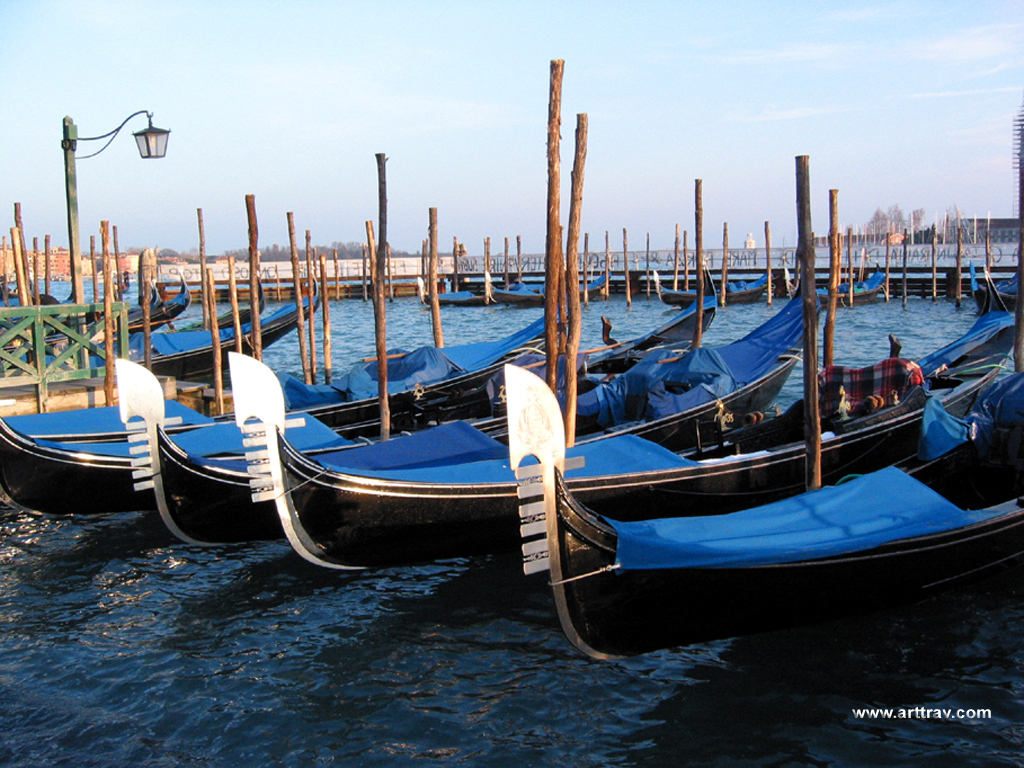
We were lucky enough to sit down and talk with Alexandra about her site, tips for traveling to Italy, favorite places, and more. Here's what she had to say...
WE: Please tell us about arttrav...
AMK: I like to think of arttrav as an online travel and lifestyle magazine, but one that isn’t afraid to delve into rather academic writing on occasion. I have a PhD in Italian Renaissance art history, so I cannot suppress the urge to write didactically! It didn’t start this way, but arttrav is now part of my dedication to teaching… in fact, to being a “wandering educator”. Arttrav makes university-level information about the art of Italy freely accessible to everyone online.
WE: What was the genesis of arttrav?
AMK: Arttrav started as the guidebook to Rome that I could not find. I spent a month in Rome in 2004 for dissertation research. It was a lot of fun, especially when my Florentine husband came down to Rome on weekends and we explored the city together. My research focuses on 16th-century prints, and in particular on prints of putti, who are those fat naked baby boys you see literally everywhere. So, I was in Rome to hunt putti, but while I was at it, I figured it would not hurt to see, well, everything. I kept track of places I visited by grouping them chronologically, rather than by area like most guidebooks do. I prefered to do say, medieval things one day, ancient roman the next, even if it meant taking busses across the city in a totally illogical way. By night, I structured this information in my mind by writing a website. When I got home to Florence, I bought the domain name arttrav to combine art and travel. From there, the website grew exponentially. I won’t bore you with the details.
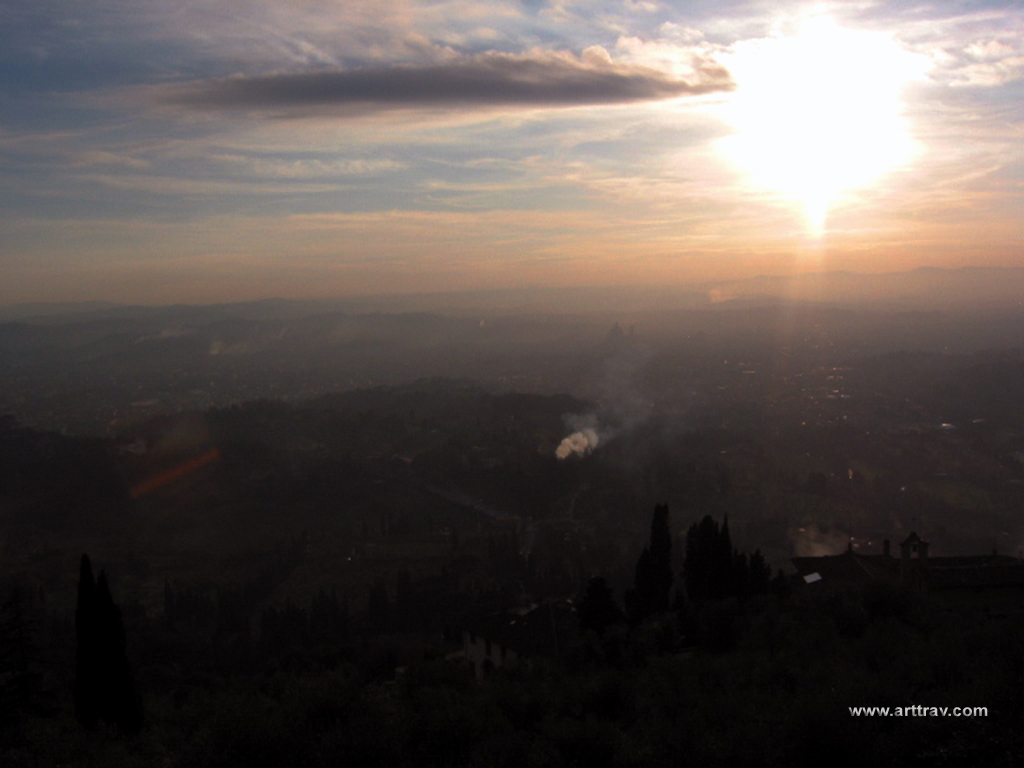
The view from Fiesole towards Florence at dusk in December
WE: What is your background and interest in Italy?
AMK: My mom and I traveled a lot in Europe during my child and teenage years, and we did visit some parts of Italy when I was 10, but the only part of that trip that really stuck in my mind was the wide range of toilet-flushing devices to be found not only across regions but even from one hotel room to the next. I wrote a book about that and wish I still had it. My mom religiously read the Michelin “green guides” wherever we went, so it was always a learning experience, whether about toilets or about art.
It took a few years for me to get back here on my own, on a summer study abroad program with Syracuse University. That was enough to convince me that I needed to learn Italian immediately and come back soon. Syracuse University has a masters of arts program that starts in upstate New York followed by a year in Florence. Needless to say, when that ended, I didn’t want to leave.
If I could draw a conclusion from this experience, it would be that early exposure to what I call “informed travel” (not to mention exposure to art) is so essential a part of one’s education. This doesn’t necessarily require flying across the world, since you can take advantage of museums and cultural events in or near your own city.
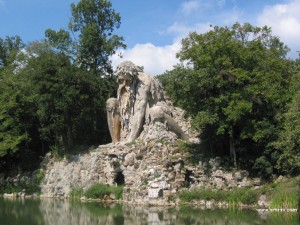
Giambologna’s statue of the Appenines at Medici Villa Demidoff - Parco Pratolino (Pratolino, FI)
WE: How can travelers best prepare for such a beautiful and historic place as Italy? It is easy to get overwhelmed!
AMK: That’s a very difficult question, Jessie! As you suggest in your advice for study abroad students posted on arttrav, the first step is to read some guide books, research on the internet on sites like arttrav, and participate in forums like slow talk.
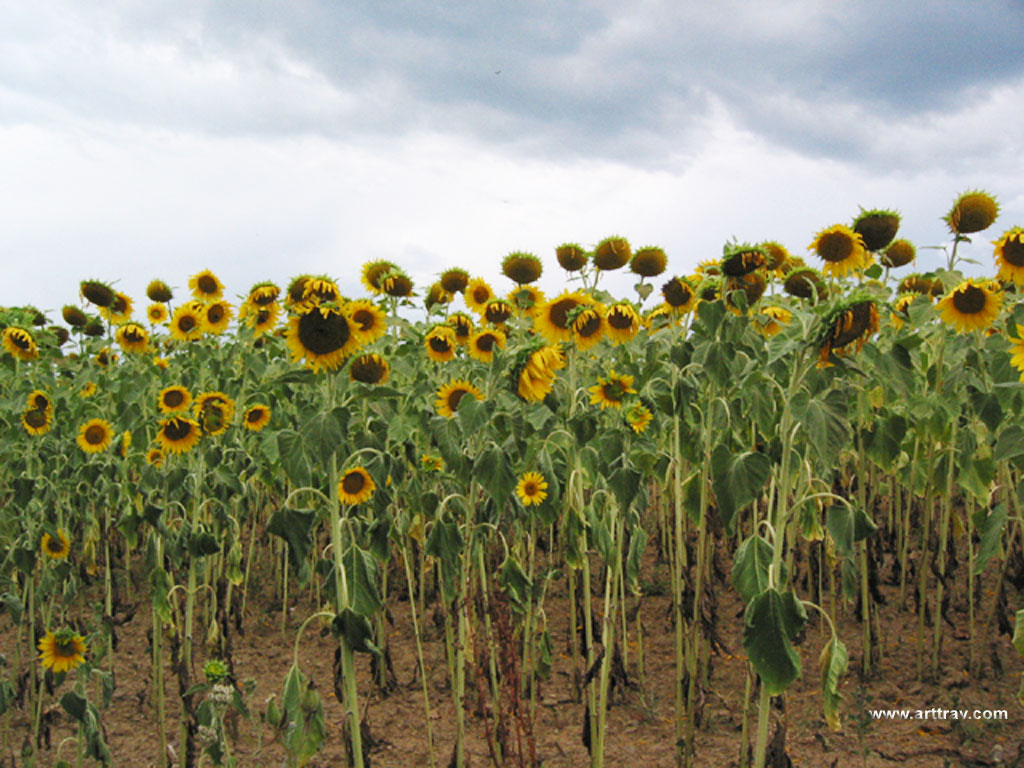
Sunflowers against a dramatic Tuscan sky. A rare day in August in the Mugello.
The second step, in my opinion, is to decide what your goal is for your trip. Italy offers a wide range of experiences, from nature to art, and from relaxing to educational overkill. If you’re coming for a week’s holiday from your busy job, you might want to stay in a centrally located agriturismo or self-catering apartment in Tuscany (I can recommend my friend Sara’s place, Il Poggiolo) and take short trips to nearby small and large towns. While you may not see Florence or Rome in depth, you will get a taste for Italy and plan a future trip around what you liked best. Staying in the countryside is a great opportunity to sample locally produced food and to have halting conversations with the locals.
If you’re going for the gold and have decided to get a full understanding of the history of Rome during your week’s visit, here’s my approach. I have three golden rules for visiting cities.
1) Never do more than one large museum in any given day. Even I don’t enjoy doing that, and my husband really doesn’t.
2) Mix and match types of monuments so you don’t get bored doing all the churches in one day.
3) Take the time to sit down and eat. Life in Italy revolves around cooking and eating, so make sure you participate in this ritual!
Traveling in Italy and anywhere else, I’ve learned this: Plan, plan, plan, then toss your plans. Some of the worst trips I’ve had were those for which I didn’t have time to plan; some of the best were planned to the Nth detail. But some of the best adventures have been when we consciously decided to abandon our schedule and follow a whim. If you see a sign for a local “sagra” or “festa”, hear about a great restaurant somewhere, or decide you really want to go for a dip in the sea even if it’s 300 km’s out of the way, go for it!
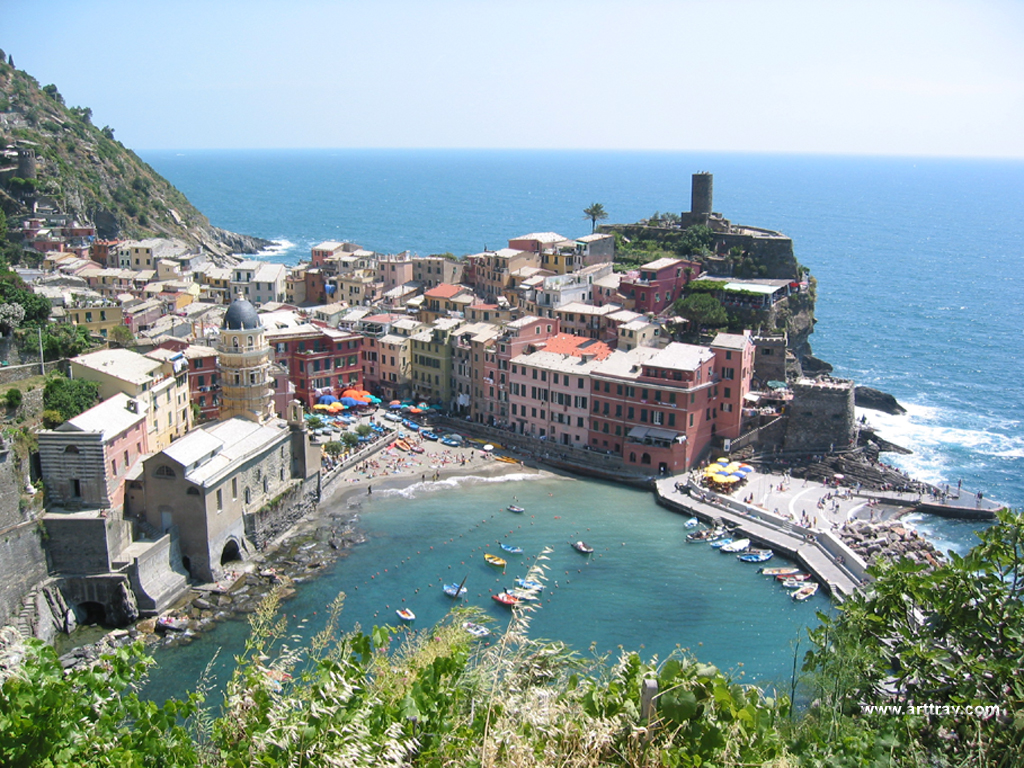
A view of Monterosso in the Cinque Terre, taken from the hiking trail “Sentiero dell’Amore”
WE: What are your favorite places in Italy?
AMK: You know you’re a geek when what comes to mind first is:
• The Biblioteca Berenson at Villa I Tatti (Harvard Center for Renaissance Studies). It’s a library, but if you’re not coming for research you can sign up for a tour of the villa and its art collection.
• The Laurentian Library reading room by Michelangelo. It’s a library too, but now it’s open for special book-related exhibitions only a few months a year. If you need to consult manuscripts or books in the Medici collection you can do so in a more modern reading room in the same complex.
• The print study room of any major museum, like the Istituto Nazionale per la Grafica in Rome or the Gabinetto Disegno e Stampa of the Uffizi in Florence. By reservation and permission only.
• The museum of the Istituto Centrale per la Patologia del Libro. Books! Affected by diseases! By reservation only (but free and easy), this small museum explains how manuscripts and printed books are constructed, and then what damages them.
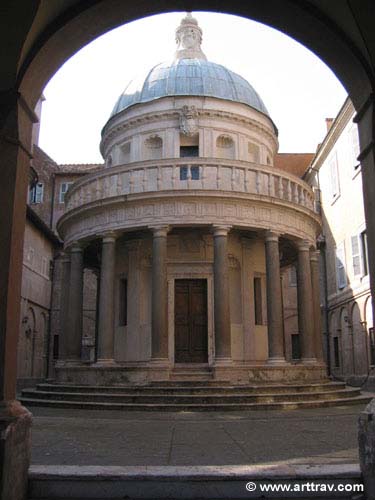
Tempietto
But really, I love Rome a lot. Every time I go, I make a pilgrimage to see Bramante’s Tempietto. Heaven is the Venetian painting room at the Borghese Gallery, preferably alone. I also love sitting on the beach at Castiglione della Pescaia. I love eating at il Canto del Maggio near Loro Ciuffena where they grow their own food. I love the Palazzo Davanzati in Florence, no matter how historically inaccurate it is. I do not love… Montepulciano. It’s all hype.
WE: How do you suggest travelers get off the beaten path and explore?
AMK: Turn off the GPS!! Okay I know that’s not a wise thing to do, but if you see a sign that inspires you, follow it. Even the most “overdone” cities like Florence still have something unexplored to offer. Often it takes extra research to “get off the beaten path”. Probably the best advice I could give is to research your own interests, online or with a detailed guidebook. You may have to call ahead or even fax a special entry request to see something, but if you can get in to see that inaccessible painting or villa, you’re going to have a most memorable experience!
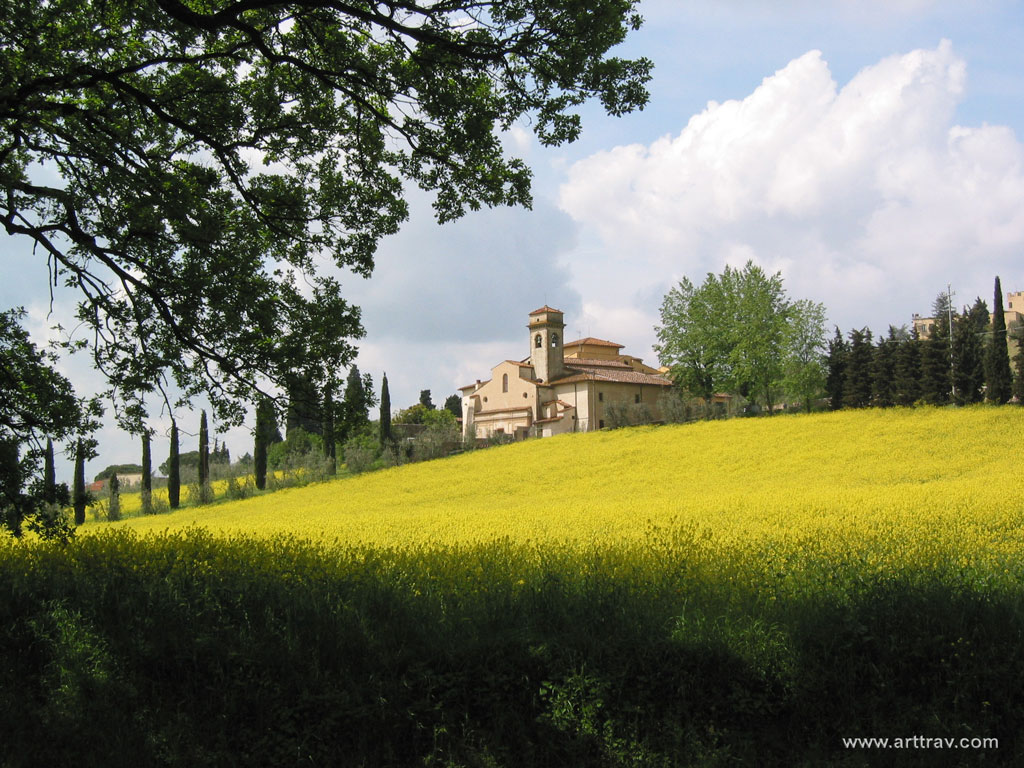
church of San Martino a Mensola (Fiesole - Florence)
WE: Thanks so very much, Alexandra. WHAT a great site you have! I love it, and it is even more fun to read the backstory.
All photos courtesy and Copyright of arttrav.com
